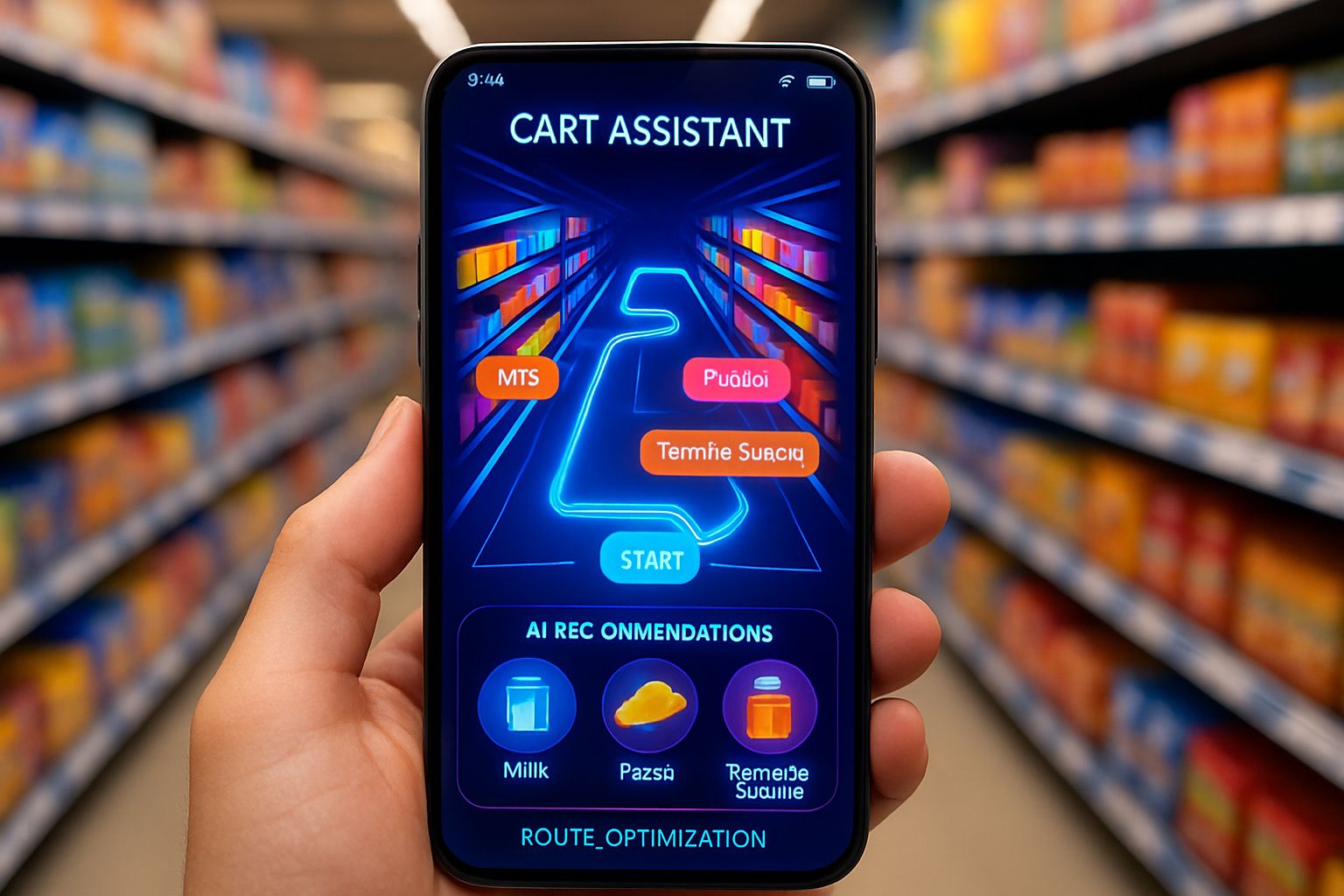
AI CERTS
14 hours ago
Instacart Bets On AI Grocery Navigation
AI Grocery Navigation Vision
Instacart framed its November announcement as a turning point. Additionally, executives said the firm’s agentic commerce strategy will close the gap between online and physical shopping. The plan brings conversational guidance to apps and Caper smart carts. Consequently, retailers gain a branded assistant without building core models themselves. Analysts call the concept one of the first large-scale retail copilots designed specifically for food.

These ambitions set the stage for deeper analysis. Therefore, the next section explores the market forces behind the move.
Market Forces Accelerate Adoption
Grocers face razor-thin margins and rising competition. Meanwhile, big players like Walmart and Amazon invest aggressively in autonomous checkout. Instacart must, therefore, offer differentiated value. One spotlight feature is continued AI Grocery Navigation across devices. Global Industry Analysts projects the smart cart market will reach US$9.8 billion by 2030. Moreover, retailers crave data that links store behavior to digital profiles. That demand fuels interest in context-aware shopping AI solutions.
Industry watchers also cite cost pressures. Additionally, labor shortages make automation attractive. Consequently, many chains test smart carts or related kiosks. These dynamics explain why Sprouts, Kroger, and others joined early pilots. In contrast, privacy advocates urge caution, noting camera-heavy systems may unsettle shoppers.
Adoption drivers highlight commercial urgency. However, understanding the assistant itself clarifies functional benefits.
Inside Instacart Cart Assistant
The white-label Cart Assistant sits at the product’s core. It uses grocery-specific language models trained on 1.5 billion historical orders. Therefore, it can plan meals, flag dietary conflicts and suggest replacements. Furthermore, the tool integrates seamlessly with retailer loyalty programs. One request like “feed four vegans on $40” yields a pre-filled basket. Such speed exemplifies AI Grocery Navigation in practice.
Instacart positions the assistant as part of broader retail copilots offerings. Additionally, Store View computer-vision links inventory status back to recommendations. The company says early testers will surface suggestions on Caper cart screens and mobile apps. Consequently, shoppers gain continuity from couch to aisle.
This functionality relies on specialized hardware, explored next.
Smart Cart Hardware Evolution
Caper Carts combine cameras, scales and on-cart compute. Moreover, touchscreens display offers and control lists. Instacart aims to embed persistent AI Grocery Navigation prompts on these screens. Wegmans and Schnucks pilots already test accuracy rates. Additionally, Wakefern plans to place Caper units in nearly 20 percent of stores.
- Seven sensors track item weight and location
- Vision algorithms classify thousands of SKUs instantly
- NFC readers enable on-cart contactless payment
- Ad slots support new revenue for brands
These capabilities let context-aware shopping AI personalize trips in real time. However, hardware introduces cost and maintenance overheads, demanding clear ROI calculations.
The next section assesses how value may offset those expenses.
Benefits For Modern Grocers
Retailers gain multiple advantages. Firstly, consistent AI Grocery Navigation could grow basket sizes through smarter cross-selling. Secondly, Store View insights reduce out-of-stocks, boosting satisfaction. Moreover, in-cart ads extend retail-media networks now worth roughly US$1 billion annually to Instacart. Shoppers also benefit from shorter queues and fewer forgotten items.
Professionals can deepen strategic impact with the AI+ Business Intelligence™ certification. Consequently, teams learn to quantify gains from data-driven merchandising. Additionally, retail copilots free staff to handle service tasks instead of scanning SKUs.
Benefits appear compelling. Nevertheless, significant risks persist and warrant scrutiny.
Risks And Open Questions
Privacy stands foremost. Cameras gather visual and behavioral data continuously. In contrast, European GDPR rules impose strict consent standards. Moreover, ad algorithms might steer shoppers toward higher-margin rather than healthier products. Consequently, public backlash could slow rollouts.
Hardware accuracy also matters. Incorrect scans raise shrinkage concerns and erode trust in AI Grocery Navigation flows. Additionally, unions warn that automation may cut hours. Independent audits of context-aware shopping AI systems remain limited. Therefore, transparency reports could become a competitive advantage.
Understanding these threats informs measurement priorities discussed next.
Key Metrics To Watch
Pilots will generate crucial leading indicators. Moreover, investors should track opt-in rates for personalized journeys. Instacart recommends monitoring:
- Net promoter score shifts after assistant launch
- Average basket lift in retail copilots sessions
- False-positive scan rates per 1,000 items
- Ad revenue per Caper cart per day
Additionally, regulators may request disclosures on data retention. Sprouts and Kroger have yet to publish specific timelines. Nevertheless, quarterly earnings calls could spotlight early numbers. Strong results would validate AI Grocery Navigation economics. Conversely, weak adoption may embolden rivals deploying other context-aware shopping AI frameworks.
These signals will shape strategic bets across grocery technology.
In summary, Instacart is wagering that data, hardware, and software united under AI Grocery Navigation can modernize grocery trips. However, success depends on consumer trust, regulatory clarity, and measurable ROI. Consequently, industry professionals should watch pilot data closely and consider upskilling to navigate the evolving landscape.



